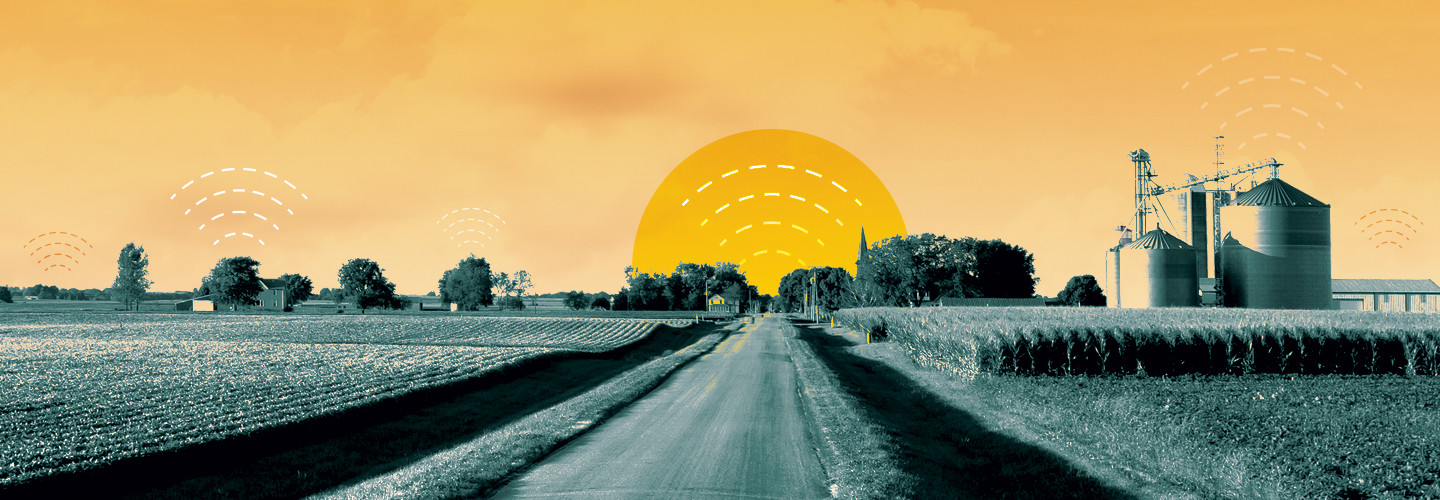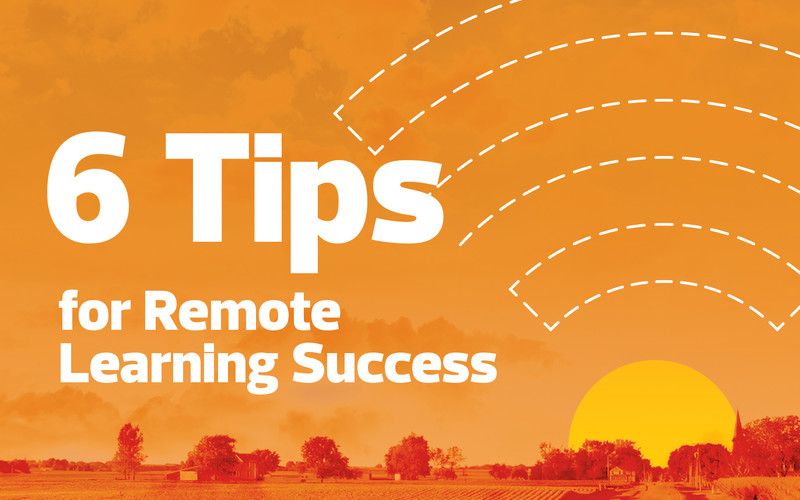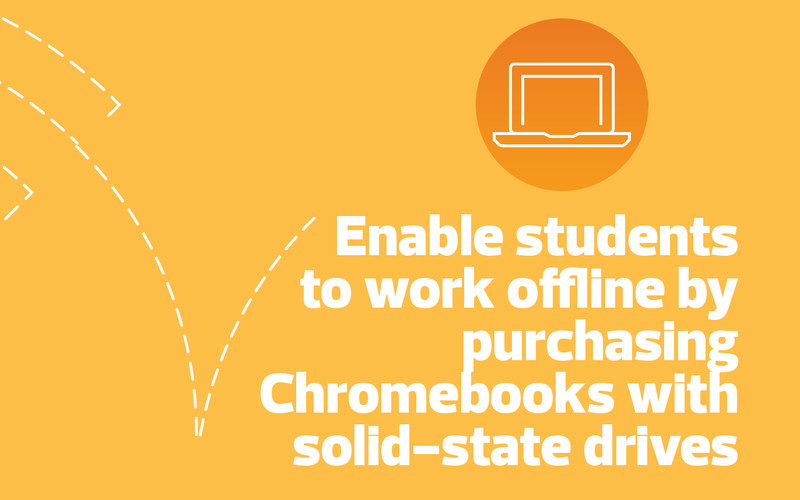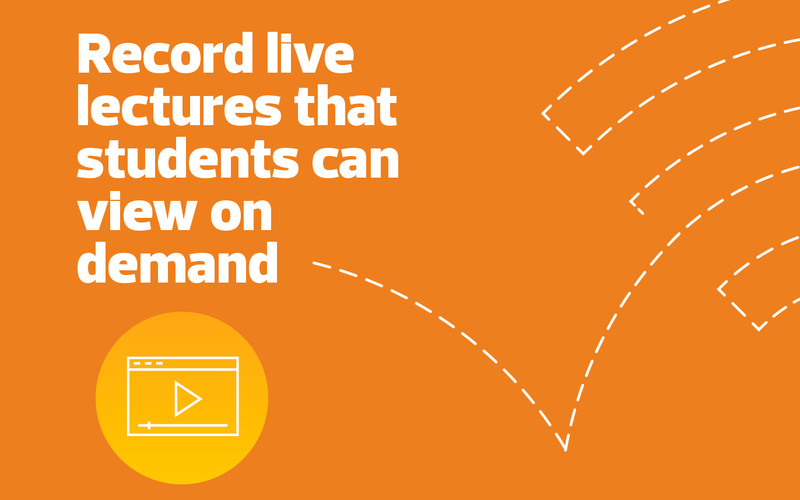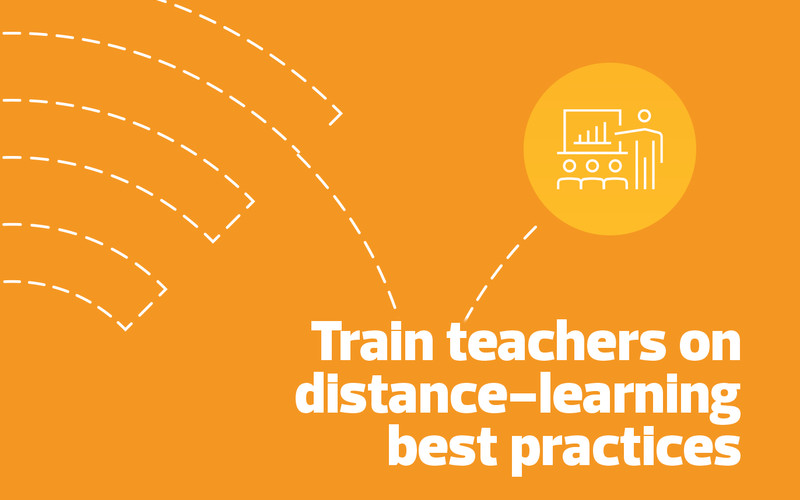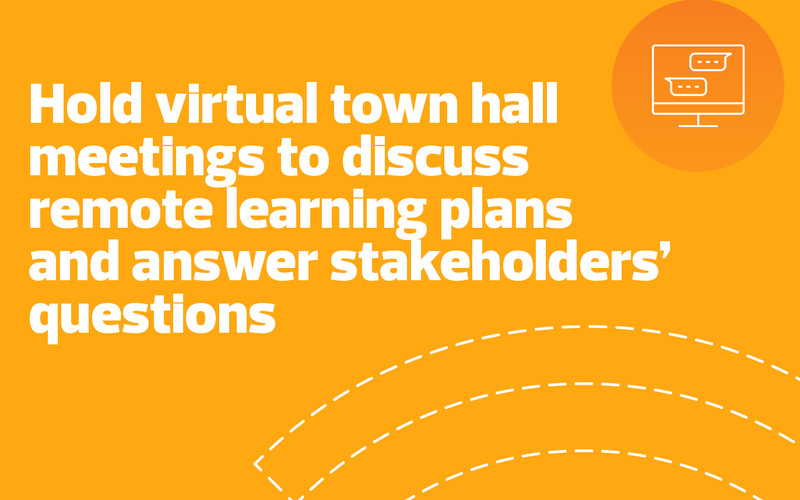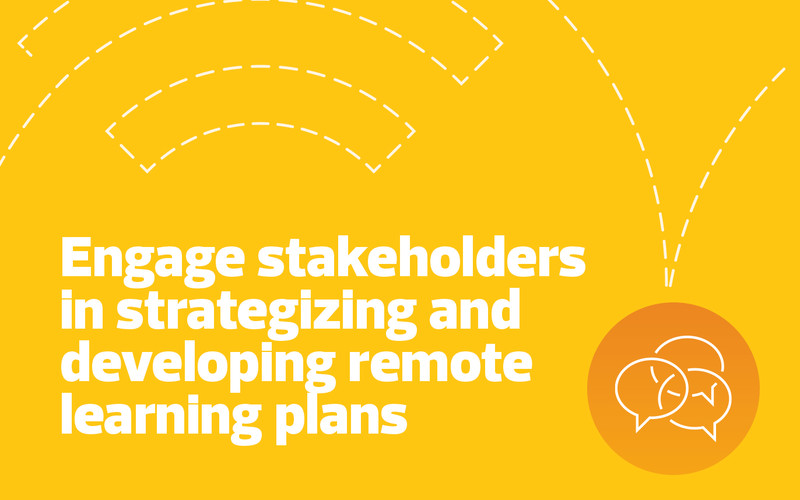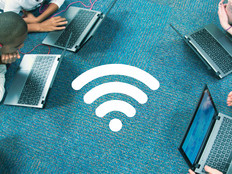School Administrators Hone in on Digital Equity
An estimated 9.3 million students — or 1 in 5 — attend rural schools, according to the Rural School and Community Trust. About 18 percent of households with school-age children lack broadband access at home.
Administrators at rural districts that seamlessly pivoted to remote learning say they have spent years tackling the digital divide by launching one-to-one computing initiatives and working to ensure students have reliable internet access. They deployed multiple broadband strategies, such as loaning students Wi-Fi hotspots, strategically locating school buses equipped with hotspots, keeping school buildings open longer, beefing up Wi-Fi signals in school parking lots and partnering with local businesses to allow students to use their internet access and space for studying. Some internet service providers offered free or discounted access to families that couldn’t afford it.
“The districts that have been thinking about this for a while and have made strides to address student access to devices and the internet are in really good shape. But there are different levels of struggle and different levels of OK,” says Beth Holland, digital equity and rural project director at the Consortium for School Networking.
Those common efforts to boost digital equity are good short-term fixes, says Holland, who is also a partner at The Learning Accelerator. But the efforts won’t work for all rural communities; some lack broadband access and cellphone signals, rendering hotspots useless, and some are so remote that it is hard for families and teachers to travel for Wi-Fi access.


